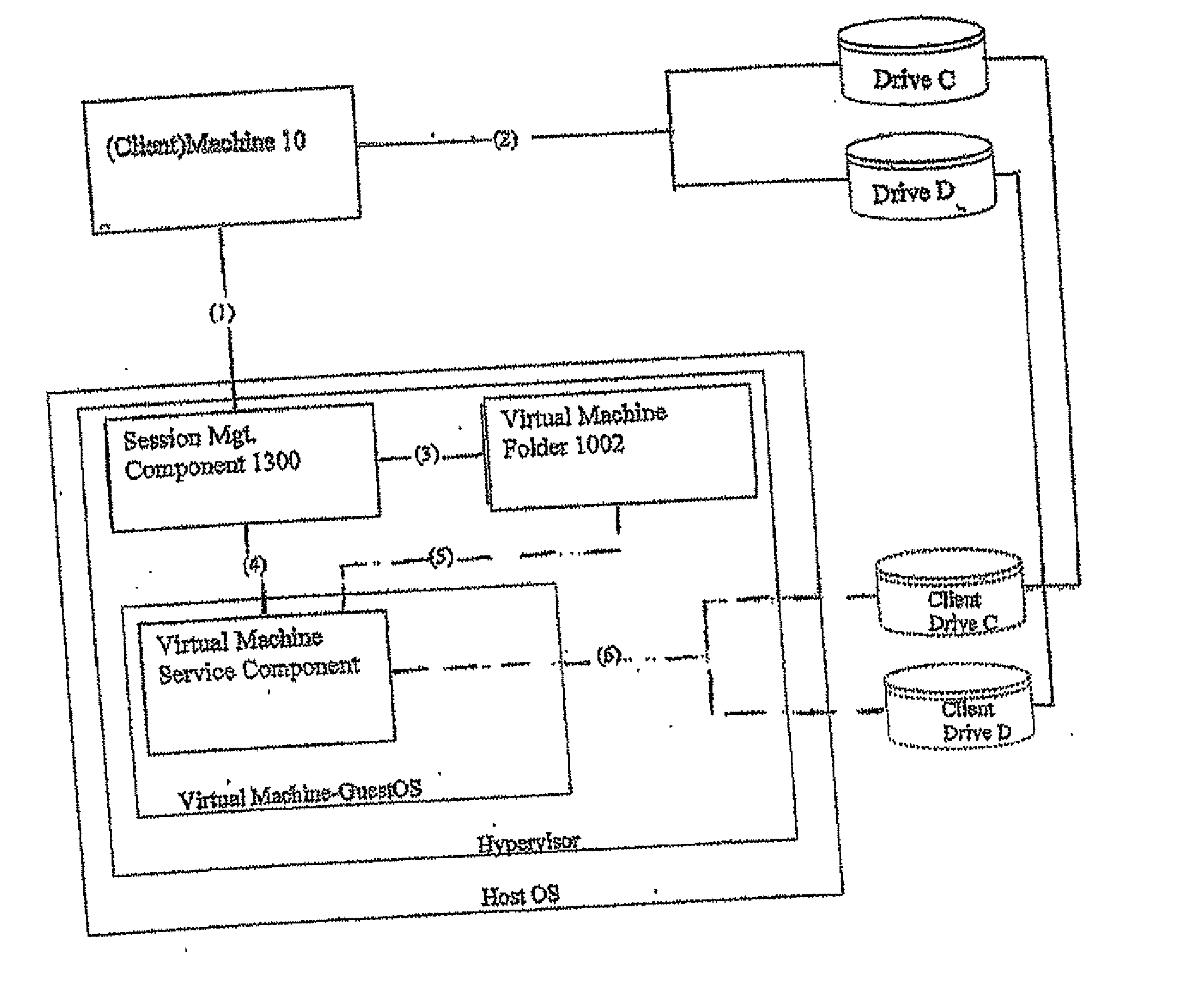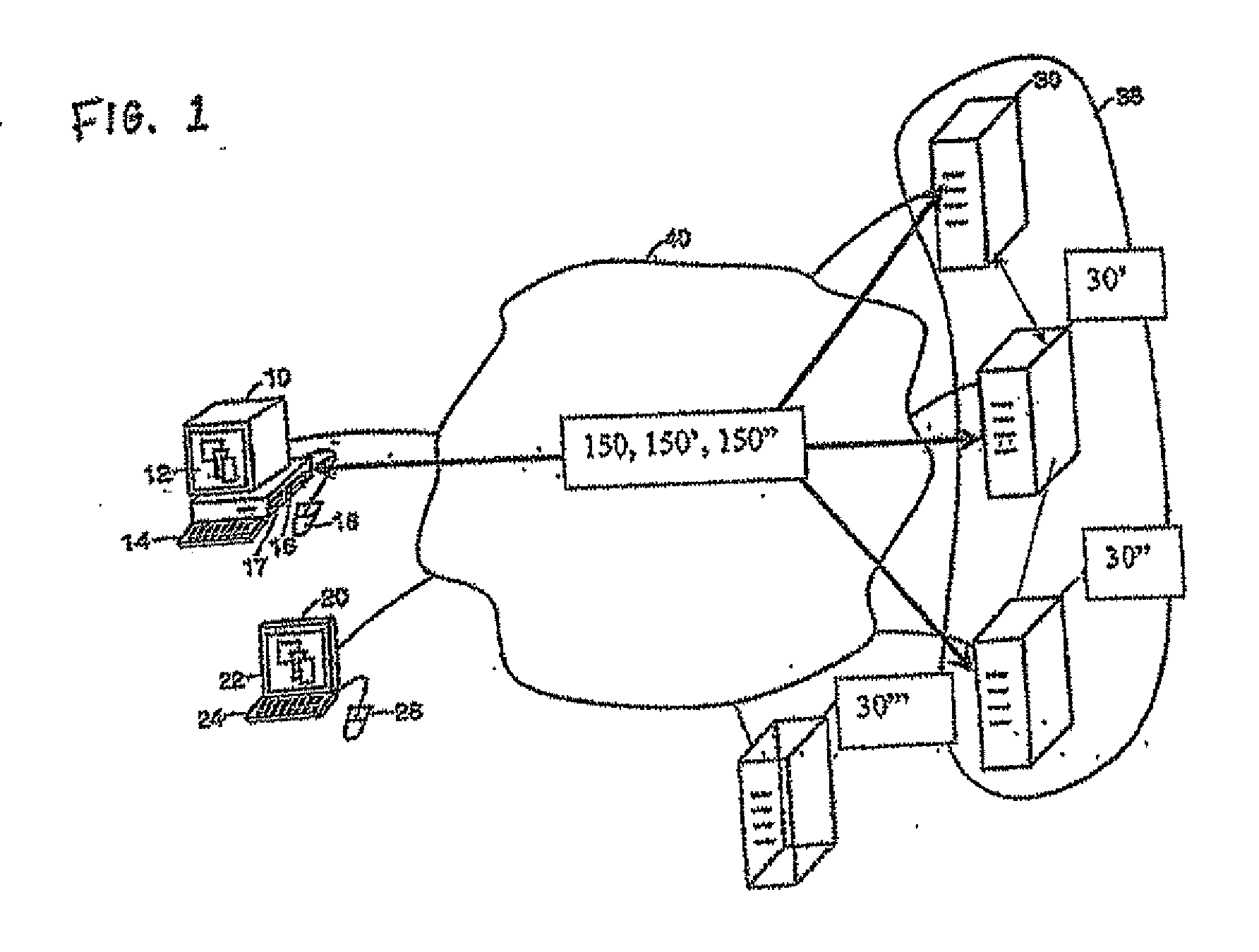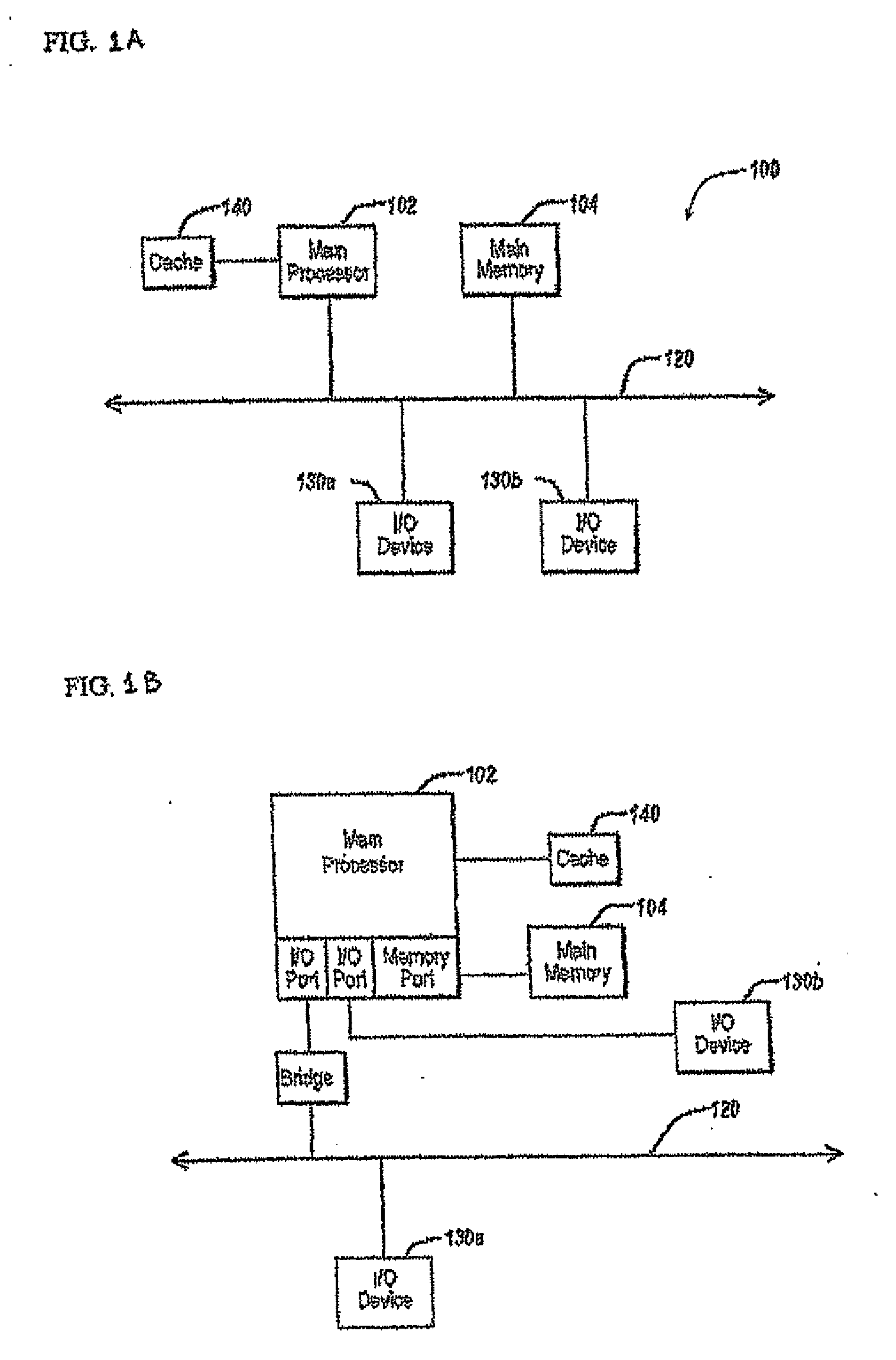Methods and systems for providing access to a computing environment
a computing environment and access technology, applied in the field of providing access to computing environments, can solve the problems of high total cost of ownership, and high total cost of ownership, and achieve the effect of reducing the total cost of ownership
- Summary
- Abstract
- Description
- Claims
- Application Information
AI Technical Summary
Benefits of technology
Problems solved by technology
Method used
Image
Examples
Embodiment Construction
[0135] Referring now to FIG. 1, a block diagram of one embodiment of an environment in which a client machine 10, 10′ accesses a computing resource provided by a remote machine, 30, 30′, 30″, 30′″ is shown.
[0136] A remote machine 30 such as remote machine 30, 30′, 30″, or 30′″ (hereafter referred to generally as remote machine 30) accepts connections from a user of a client machine 10. Although only two client machines 10 and only four remote machines 30 are depicted in the embodiment shown in FIG. 1, it should be understood that the system may provide multiple ones of any or each of those components. For example, in one embodiment, the system may include multiple, logically-grouped remote machines 30, one or more of which is available to provide a client machine 10, 10′ access to computing resources. In these embodiments, the logical group of remote machines may be referred to as a “server farm” or “machine farm,” indicated in FIG. 1A as machine farm 38. In some of these embodimen...
PUM
 Login to View More
Login to View More Abstract
Description
Claims
Application Information
 Login to View More
Login to View More - R&D
- Intellectual Property
- Life Sciences
- Materials
- Tech Scout
- Unparalleled Data Quality
- Higher Quality Content
- 60% Fewer Hallucinations
Browse by: Latest US Patents, China's latest patents, Technical Efficacy Thesaurus, Application Domain, Technology Topic, Popular Technical Reports.
© 2025 PatSnap. All rights reserved.Legal|Privacy policy|Modern Slavery Act Transparency Statement|Sitemap|About US| Contact US: help@patsnap.com



